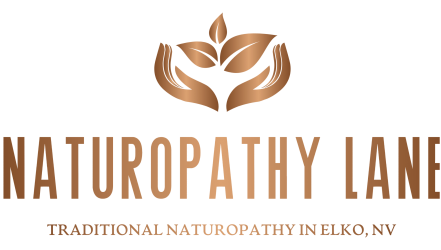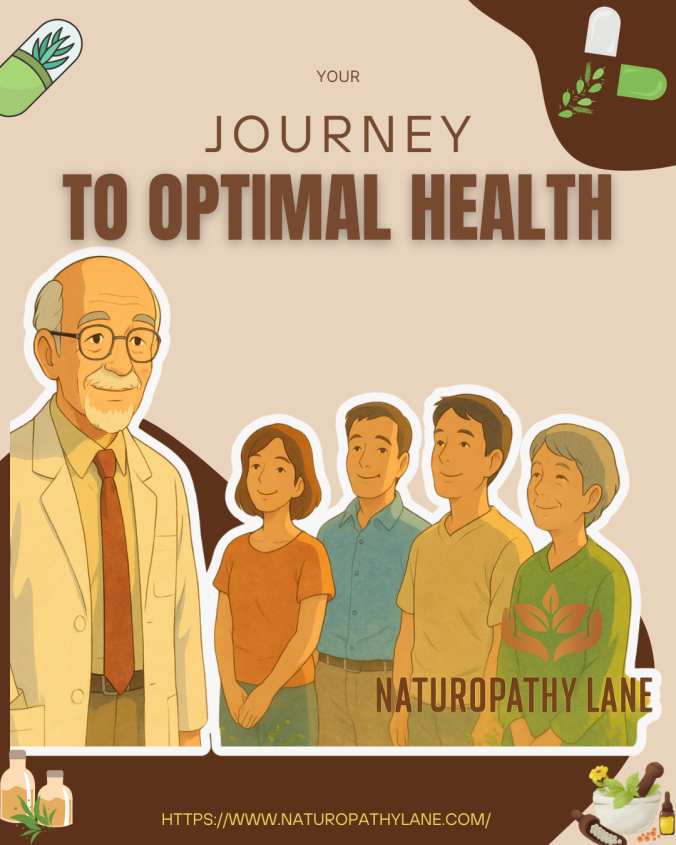Herbs have been used for thousands of years in traditional medicine systems around the world. They are rich in phytochemicals, which have potent therapeutic effects on various health conditions. However, herbs are not just raw materials; they can be prepared in different forms to enhance their therapeutic effect and improve their bioavailability. Here are some common methods of preparing herbal medicines:
Drying and powdering:
This method is used for many herbs, such as ginger, turmeric, and peppermint. The raw material is dried, crushed into a fine powder, and stored in an airtight container.
Cutting and slicing:
Some plants have fibrous structures that can be difficult to digest, such as the bark of willow trees (Salix sp.). In this method, the raw material is cut into small pieces or slices, which are then macerated in water or alcohol.
Decoction:
This method involves boiling the herb in water until it becomes a tea-like liquid. The decocted herbs can be drunk as a hot beverage, applied topically, or taken internally. Common herbs used for decoction include chamomile, peppermint, and licorice root.
Infusion:
Similar to decoction, infusion involves boiling the raw material in water until it becomes a tea-like liquid. However, unlike decoction, infusions do not require a long boil time. This method is commonly used for herbs with delicate structures that cannot withstand prolonged heat exposure, such as chamomile flowers and lemon balm leaves.
Tincturing:
This method involves soaking the raw material in alcohol or aqueous solutions (such as vodka) until it becomes concentrated. The tinctured herbs can be taken orally or applied topically. The alcohol chosen depends on the herb. If your target molecule is a water liker (hydrophilic) then a lower proof alcohol is chosen. If the molecules you are looking for don’t like water (hydrophobic) then a higher proof alcohol (100 proof) is called for. Vodka is the common medium for preparing tinctures, but preparations such as Bach Flower Remedies are done in Brandy, and tinctures that are for external use only can be done with rubbing alcohol to get the really non polar molecules out of the herb. Common herbs used for tincturing include ginseng, chamomile, and echinacea.
These are just a few methods of preparing herbal medicines. There are many more techniques that can be used to enhance the therapeutic effect of herbs depending on their properties and intended use. It is essential to consult with an expert before using any herbal medicine for treatment or prevention purposes, especially if you have a pre-existing medical condition or are taking other medications.
For more reading on natural health check out these pages:
Herbs: Ashwagandha | Garlic | Kudzu
Other pages: Modalities in this Clinic | Blog Posts



